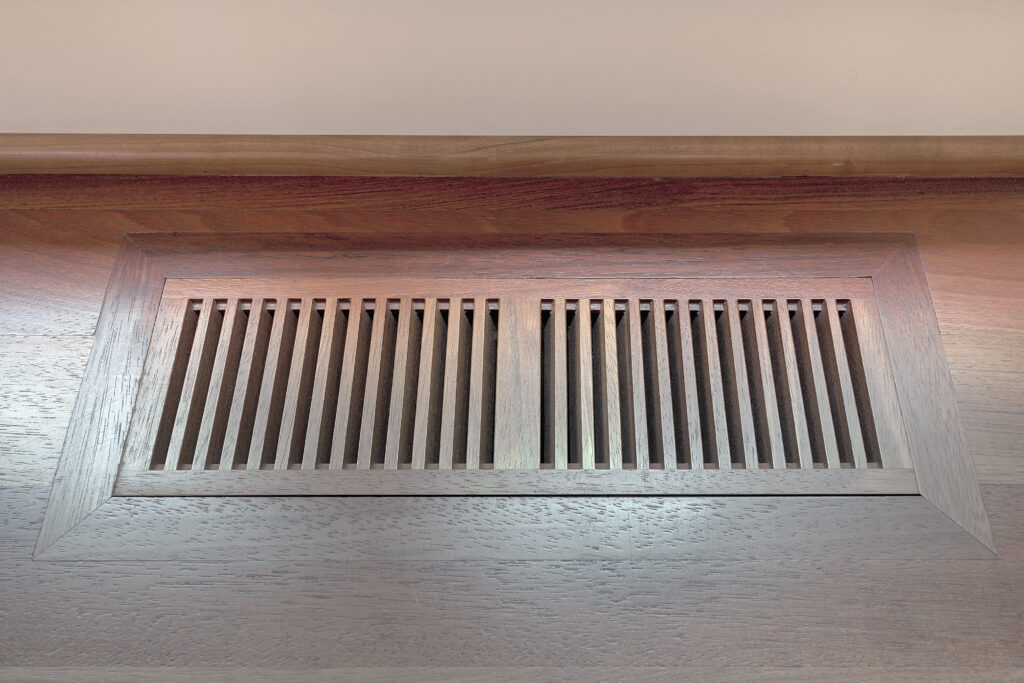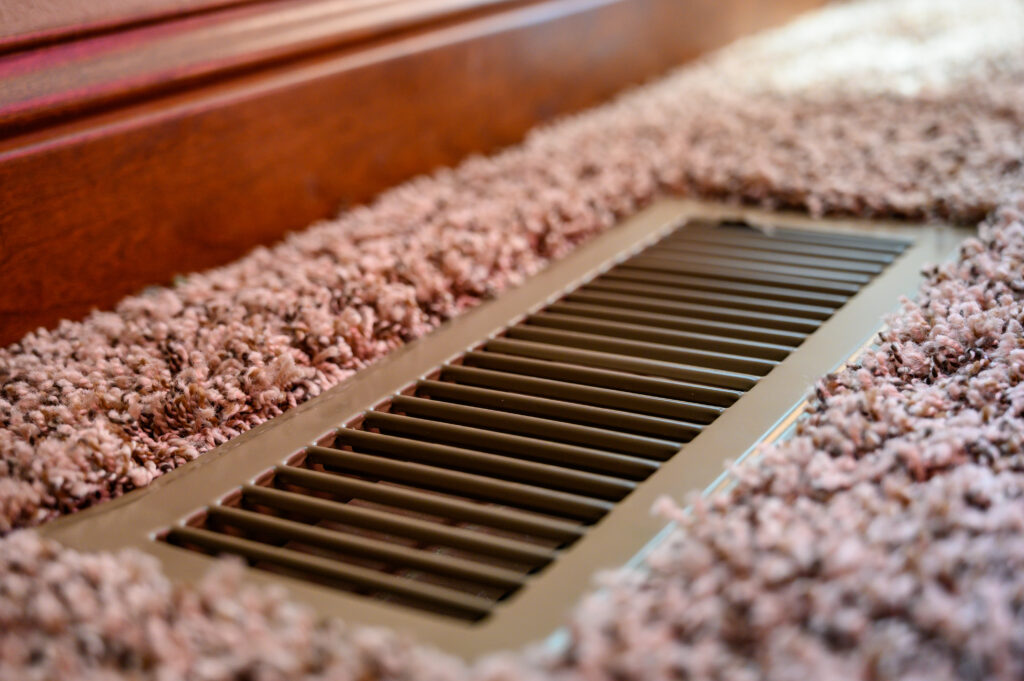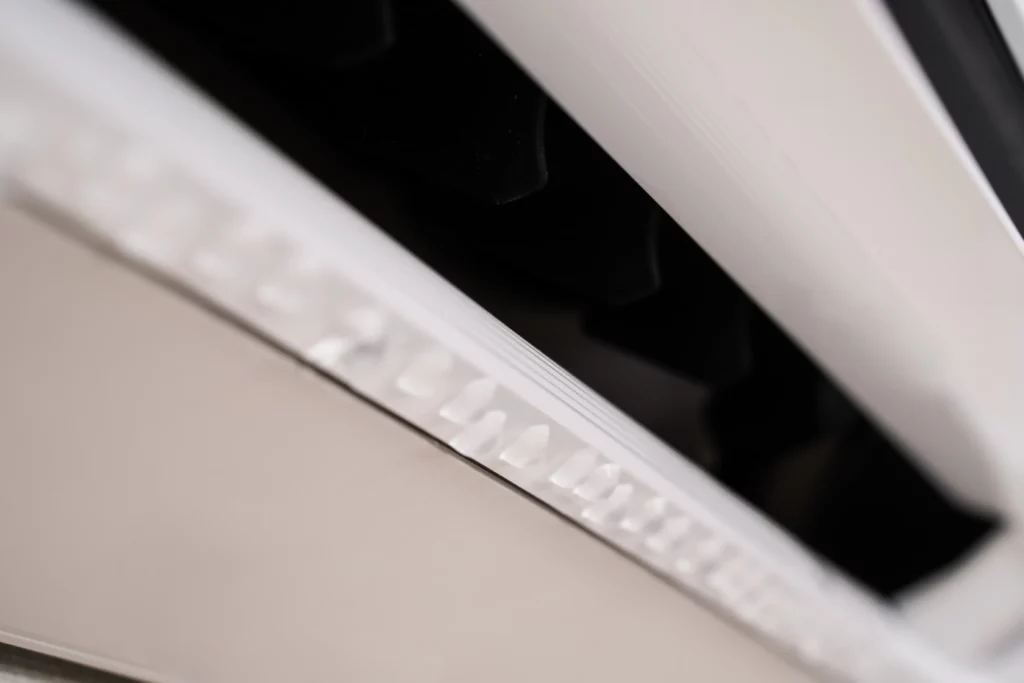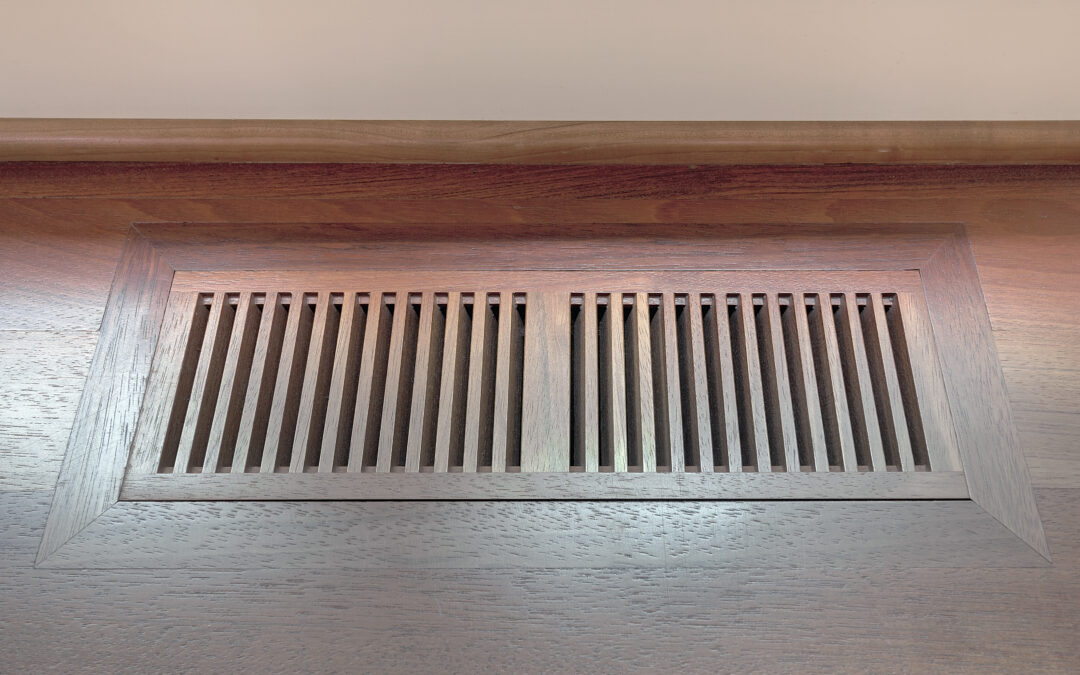When it comes to home maintenance, one of the most important details is often overlooked: floor vents. Having uncovered grates can not only be an eyesore but can also lead to a number of problems such as uncomfortable drafts and reduced airflow in your home. So for homeowners who are concerned about aesthetic appeal and value, covering up these grates may seem like a good option — but before you do that, it’s important to understand if it’s even okay to cover floor vents in the first place! In this blog post, we’ll take an in-depth look at all the potential ramifications of covering up those unsightly floor vents and see whether or not doing so is right for your home. Is it ok to cover a floor vent? Let’s find out.

Understand the purpose of floor vents and why they should not be covered
Floor vents are a crucial component of any heating or cooling system. They are designed to regulate air flow and maintain an even temperature throughout a room or house. Covering these vents may seem like a harmless way to redirect air or keep clutter from falling into them, but it can actually cause serious problems. Blocking vents restricts the flow of air, forcing the heating or cooling system to work harder than necessary. This can lead to higher energy bills and even damage to the system itself. Additionally, covering vents can create uneven temperatures and less air circulation, resulting in uncomfortable living conditions. Ultimately, keeping floor vents clear and unobstructed is essential for maintaining a comfortable and cost-effective home environment.
Factors to consider when deciding if you can cover a floor vent
Floor vents are an essential component of any heating or cooling system in a building. However, many people are faced with the dilemma of deciding whether they can cover a floor vent or not. There are several factors to consider before making this decision. First, you need to assess the airflow of the air duct and determine whether the vent supplies or returns air. If it supplies air, covering it would likely cause your HVAC system to work harder, resulting in decreased efficiency. Another critical factor is whether the floor vent serves a room with a thermostat; covering it could impact the temperature control of the room. Finally, you should also consider the type of cover you plan on using, as some materials could restrict the air circulation. Considering these factors will help you make an informed decision about whether covering a floor vent is the right choice for you.

Different types of materials used for covering floors vents
One often overlooked aspect of home design are the floor vents. While necessary for air circulation and heating, they can be an eyesore if left uncovered. Thankfully, there are plenty of options when it comes to covering them up. From wooden grates to metal grills, the type of material you choose can greatly impact the overall look and feel of a room. Ceramic or stone tiles can blend in seamlessly with tiled floors, while wooden covers can add warmth to a space. For a more modern look, stainless steel or aluminum grills can add a touch of industrial chic. Whatever material you choose, covering your floor vents is a simple way to improve the overall aesthetic of your home.
Benefits and drawbacks of covering floor vents
Floor vents are an essential part of any home heating and cooling system, but many homeowners find themselves wondering whether they should cover them up. On one hand, covering up floor vents can help improve energy efficiency, as cool air won’t escape through them when the air conditioning is on. However, covering vents can also cause air to become trapped in the ducts, reducing airflow and potentially leading to mold growth. Ultimately, the decision to cover floor vents will depend on your specific needs and preferences. While covering vents can save you money on energy bills, it’s important to weigh this against the potential drawbacks to ensure that you’re making the best choice for your home and your family.

The proper installation process for covering floor vents
Floor vents are an essential component of any heating and cooling system at home. They allow the free flow of air into and out of the room, ensuring that the temperature remains comfortable. However, they also tend to be eyesores that don’t always mesh with the interior design. Luckily, installing coverings for floor vents is pretty easy, so long as you know what you’re doing. To ensure that your floor vent covering is installed correctly, you should first measure the size of the opening. You can then purchase a sizeable cover that provides adequate coverage. Once you have the right size cover, you can simply slide it over the vent opening until it snaps in place. Properly installing floor vent coverings is a simple and straightforward process that can add to the aesthetic appeal of your home.
Maintenance tips for keeping your covered floor vent working properly
When it comes to HVAC maintenance, one of the most overlooked areas is our floor vents. If you have a covered floor vent, it’s important to take care of it properly to make sure it’s working efficiently. Dust and debris can build up, which can cause the vents to become clogged and blocked. This can then lead to poor airflow and an increase in your energy bill. To prevent this from happening, make sure to vacuum your vent covers regularly. Additionally, try to keep the surrounding area clean and free from clutter to allow proper air circulation. Implementing these small, simple steps into your maintenance routine can go a long way in keeping your covered floor vent running smoothly and effectively.
In the end, deciding whether you should cover your floor vents or not depends on a variety of factors. From the size and shape of the vent to your safety concerns, look at all of these for guidance when making your decision. If you choose to cover your floor vents, use the approved materials and ensure proper installation following current regulations. Additionally, regular maintenance is important to ensure optimum performance from the fan blades. Remember, while they may be an eyesore, floor vents play an important role by regulating air flow in your home; be sure to pay close attention when considering covering them up.


Recent Comments